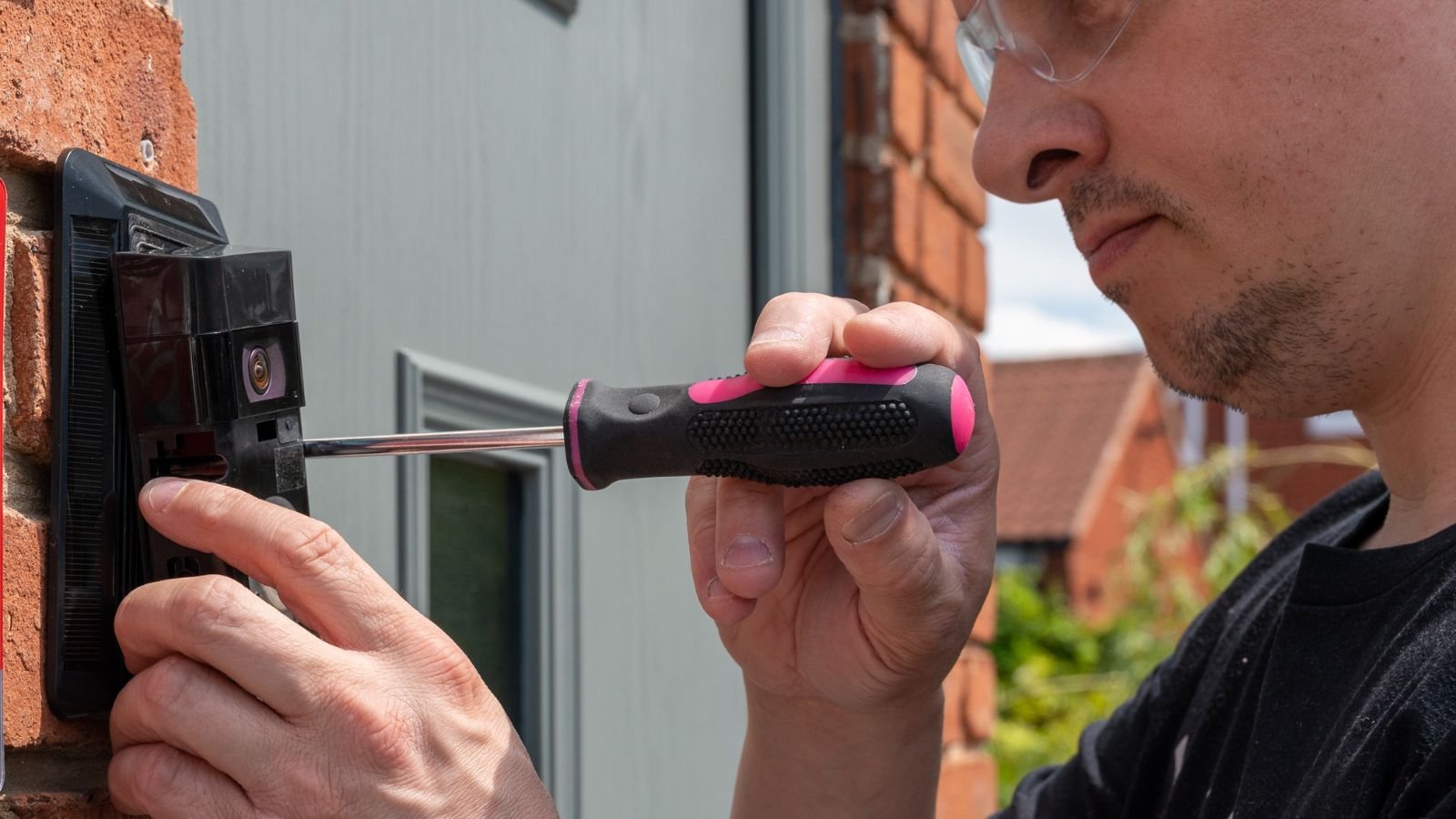Solar energy is often celebrated for its long-term savings and environmental benefits, but the path to going solar isn’t without challenges. Beyond the advertised advantages, several hidden costs can catch homeowners by surprise. From high upfront installation expenses to ongoing maintenance, these unexpected fees can impact the overall financial viability of solar power. Understanding these hidden costs is essential before making the switch to solar energy in the United States.
In this article, we’ll explore twelve of these often-overlooked expenses.
High Upfront Installation Costs

The initial investment remains significant, while the cost per watt of solar panels has decreased by 15% between 2020 and 2024. The typical U.S. solar customer requires approximately 11 kilowatts (kW) of solar power to meet their electricity needs. In 2024, installing a system of this size will cost around $20,948 after applying federal tax credits. This includes panels, inverters, mounting hardware, and labour.
Although incentives like the federal Solar Tax Credit can reduce costs, not all homeowners qualify, and some may find the upfront expense prohibitive.
Permit and Inspection Fees

The process of gaining the mandatory permits and passing inspections can unexpectedly cost your solar projects. Obtaining a residential solar permit for systems under 10 kilowatts typically costs between $150 and $350 in most major U.S. cities, ranging up to $1,000 in New York.
Additionally, the inspection process can sometimes incur extra charges, further increasing the overall expense of the installation. This can again vary between $150 and $350, depending on factors such as the location and size of the solar array, the type of components used, and the region. Add-on services like cleaning, repairs, and obstruction removal can also increase the overall expense.
Roof Repairs and Reinforcements

Ensure your roof is in good condition before installing solar panels. If your roof is nearing the end of its lifespan or is structurally unsound, you may need to invest in repairs or reinforcements.
The average cost of replacing a roof is around $10,000, though this amount can differ depending on the roof’s size and the materials selected. Depending on the materials used, most roofs have a lifespan of 20 to 50 years.
Maintenance and Cleaning Costs

Solar panels are relatively low-maintenance but require periodic cleaning to maintain efficiency; solar panel efficiency declines significantly due to the buildup of atmospheric dust, known as soiling.
The cost to clean solar panels typically ranges from $10 to $20 per panel, or $150 to $500 overall, with the average homeowner spending about $325. Depending on your location, it’s recommended that you clean your panels at least once or twice a year.
Inverter Replacement Costs

Solar inverters, as a matter of principle, convert the direct current (DC) produced by panels into usable alternating current (AC), typically last 10-15 years. This means that most homeowners will need to replace their inverters at least once during the lifespan of their solar panels.
Depending on the size and type of the system, inverter replacement can cost between $1,000 and $3,000.
Energy Storage and Battery Costs

Many homeowners are adding battery storage systems to maximise the benefits of solar energy, especially in areas with frequent power outages or during peak demand times. However, the costs can be steep.
The average cost of a home battery storage system in the U.S. is between $6,000 and $23,000. While this can provide energy independence, it also significantly increases the initial investment.
Decreased Home Value for Some Properties

While solar panels can increase a home’s value in many markets, they may not have the same effect in some areas. A study published by Zillow in 2022 found that in certain regions, particularly in states with less favourable solar policies or lower electricity costs, solar panels did not significantly increase home values. In some cases, potential buyers were even hesitant due to concerns about maintenance and the aesthetic impact on the property.
Unpredictable Future Energy Prices

While solar energy can help reduce your reliance on grid electricity, future energy prices and policy changes could impact the financial benefits of going solar. For example, some states have proposed changes to net metering policies, which could reduce the compensation homeowners receive for excess energy sent back to the grid.
As of 2023, states like California and Nevada have already implemented net metering changes, which could affect the long-term savings of solar customers.
Insurance Premium Increases

Installing solar panels can increase homeowners’ insurance premiums. Insurance companies may view solar installations as an additional risk, especially in regions prone to natural disasters like hurricanes or wildfires.
On average, homeowners with solar panels experienced an average premium increase of $50 to $200, depending on the size and complexity of the system.
Removing and Reinstalling Panels

If you need to make significant repairs in your home, you may be required to remove and reinstall your solar panels. In 2024, removing solar panels from a roof typically costs between $300 and $1,000 per panel. Costs can vary based on the number of panels, ownership status, panel condition, and any required repairs or additional labour, potentially exceeding $1,000 per panel.
This is an often-overlooked cost that surprises homeowners, especially if their home requires unexpected repairs.
Limited Lifespan of Solar Panels

Although solar panels are designed to last 30-40 years, their efficiency gradually decreases over time. After 25 years, most residential monocrystalline solar panels usually produce around 80-90% of their original power output.
This reduction in efficiency can lead to lower energy savings and may require the eventual replacement of the panels, which can, again, be costly.
End-of-Life Disposal Costs

As solar panels end their useful life, disposing of them can be a significant and costly challenge. Recycling a single solar panel typically costs between $15 and $45. Although disposing of a panel is cheaper, costing around $1 per panel or $5 for hazardous waste, it is less eco-friendly and can pose serious environmental risks compared to recycling.
As the solar market expands, so will the amount of waste. By 2030, the U.S. will have an estimated one million tons of solar panel waste, potentially reaching 10 million tons by 2050.
